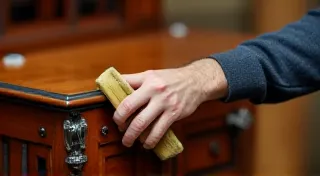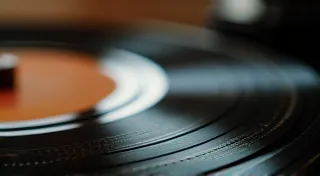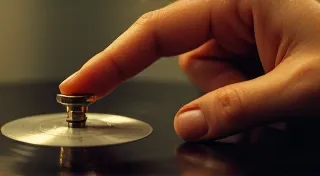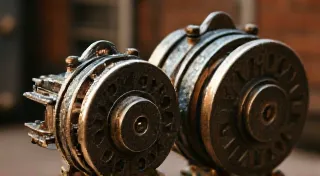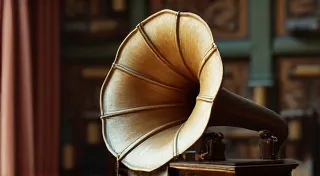The Role of Horns in Early Phonographs: Design and Function
Early phonographs, those marvels of mechanical ingenuity from the late 19th and early 20th centuries, are instantly recognizable by their prominent horns. These aren't simply decorative elements; they play a crucial role in the phonograph's operation, specifically in amplifying the incredibly weak sound produced by the vibrating diaphragm. Understanding the design and function of these horns is key to appreciating the engineering behind these antique record players.
The Weakness of the Diaphragm
Let's consider the physics at play. The diaphragm, the heart of the phonograph, vibrates in response to the needle tracing the grooves of a record. These vibrations are tiny, producing a sound so faint it would be almost inaudible without significant amplification. This is where the horn comes in.
How Horns Amplify Sound
The horn acts as an acoustic transformer. It increases the pressure and loudness of the sound waves produced by the diaphragm. The principle is similar to how a megaphone works. The narrow throat of the horn connects directly to the diaphragm. As the diaphragm vibrates, it pushes air into this throat. The horn then gradually expands outwards, allowing the sound waves to build in intensity.

Different Types of Horn Designs
Phonograph horns weren't one-size-fits-all. Numerous design variations existed, each aiming for optimal sound amplification and aesthetic appeal. Here's a look at some common types:
- Tapered Horns: These are the most recognizable, characterized by a gradual widening from a small throat to a large bell. They were often made of metal (brass, copper, and later, aluminum) or occasionally, wood.
- Folded Horns: To save space and create a more compact design, some manufacturers used folded horns. These horns incorporated bends and curves to achieve a long acoustic path within a smaller overall volume.
- Double Horns: Certain models featured double horns, splitting the sound output into two directions. The reasons for this varied; it could be for a wider soundstage, or to provide different tonal characteristics.
- Trumpet Horns: These horns were designed to resemble trumpets, often incorporating flaring bells for enhanced projection.
Materials and Construction
Early phonograph horns were predominantly constructed from metal. Brass was the most common material due to its ease of shaping, durability, and attractive appearance. Copper was also used, often lacquered to prevent tarnishing. Aluminum became popular later, offering a lighter weight alternative. Wood horns, while less common, offered a warmer tonal quality and a distinct aesthetic appeal.
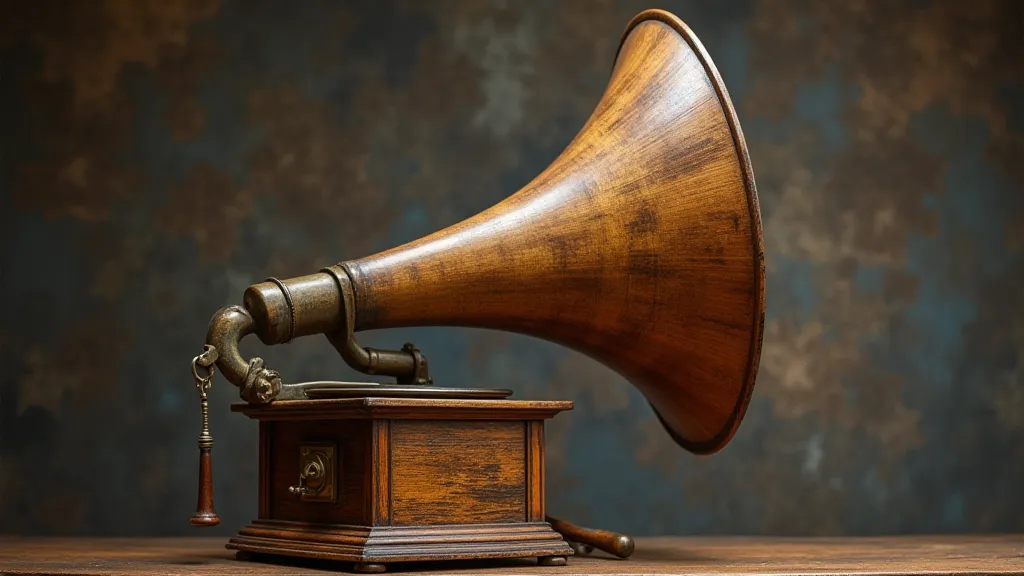
The Evolution of Horn Design
As phonograph technology advanced, the importance of the horn began to diminish. The introduction of electric amplification in the 1920s allowed for smaller, less bulky sound reproduction systems. This gradually led to the phasing out of the large, elaborate horns that defined the early era of phonographs. However, these horns remain a significant part of the aesthetic and historical significance of antique phonographs.
Restoring Phonograph Horns
Restoring antique phonograph horns can be a rewarding process. Metal horns often require careful cleaning and polishing to remove tarnish and corrosion. Wooden horns may need to be repaired, re-glued, and refinished. The goal is to preserve the original beauty and functionality of these iconic components.
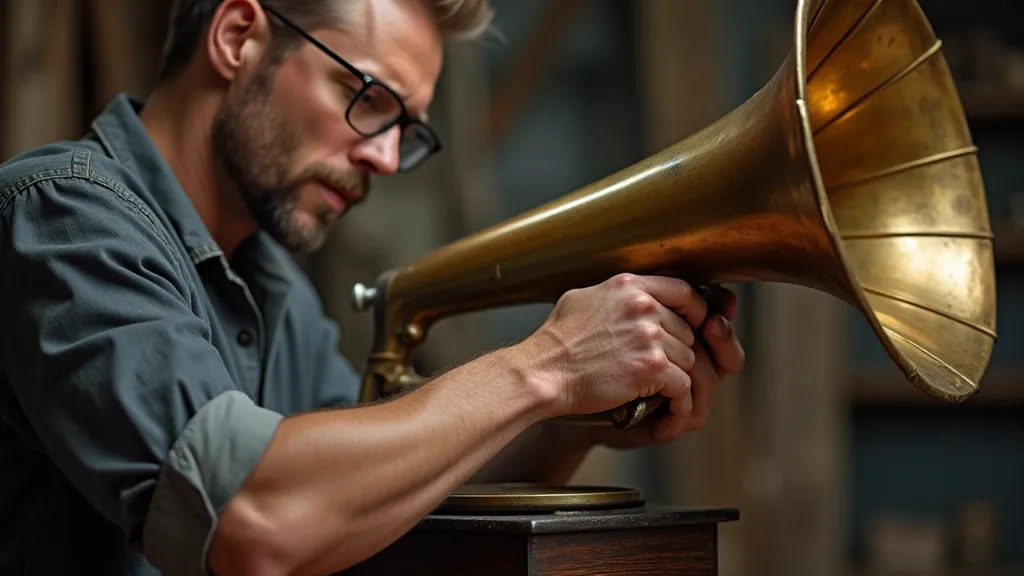
Conclusion
The horn in early phonographs was more than just an accessory; it was a vital component in converting the tiny vibrations of the diaphragm into a recognizable and enjoyable sound. Understanding the design and function of these horns offers a deeper appreciation for the ingenuity and craftsmanship that went into creating these beautiful and historical pieces of vintage audio equipment.

